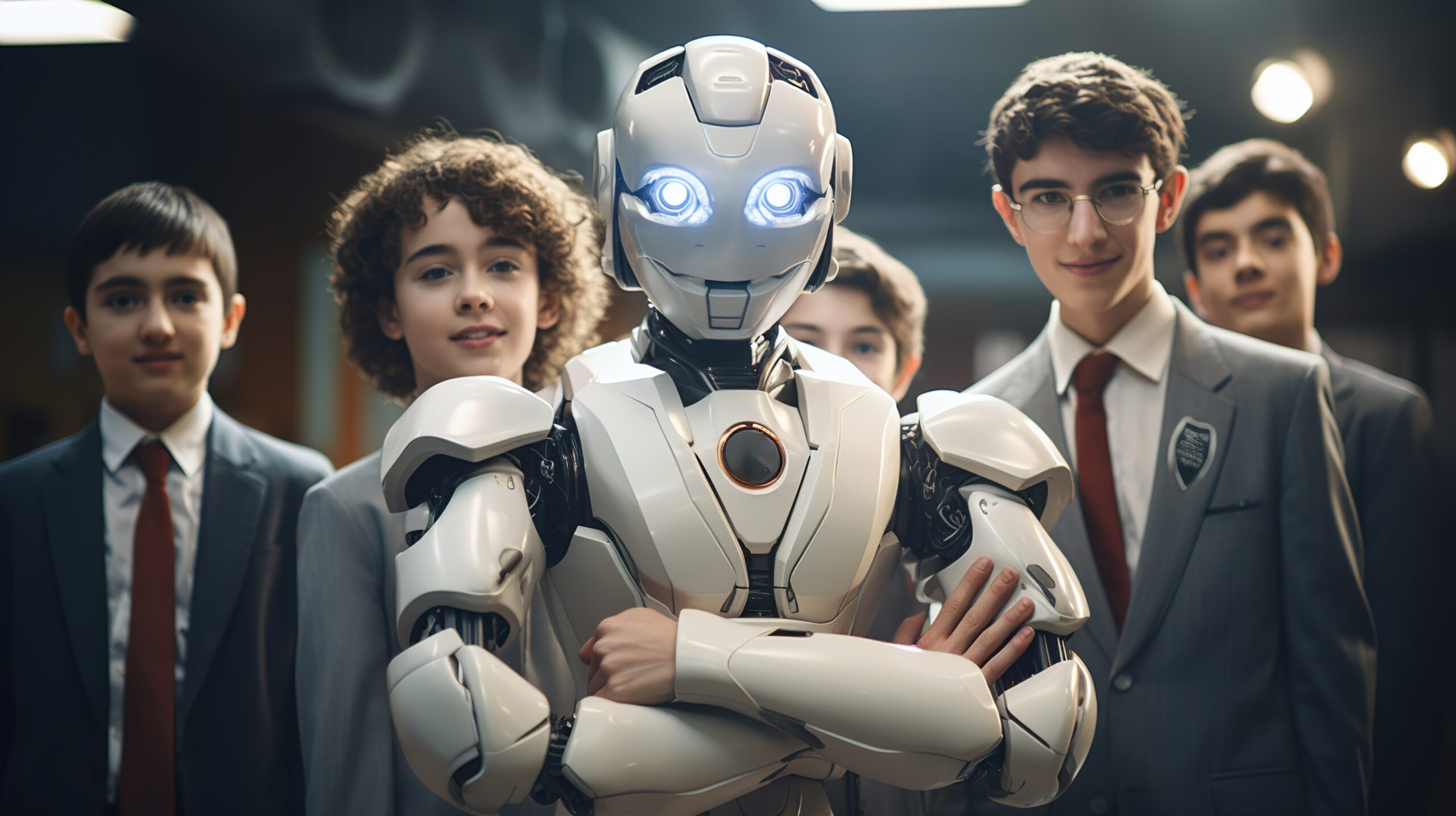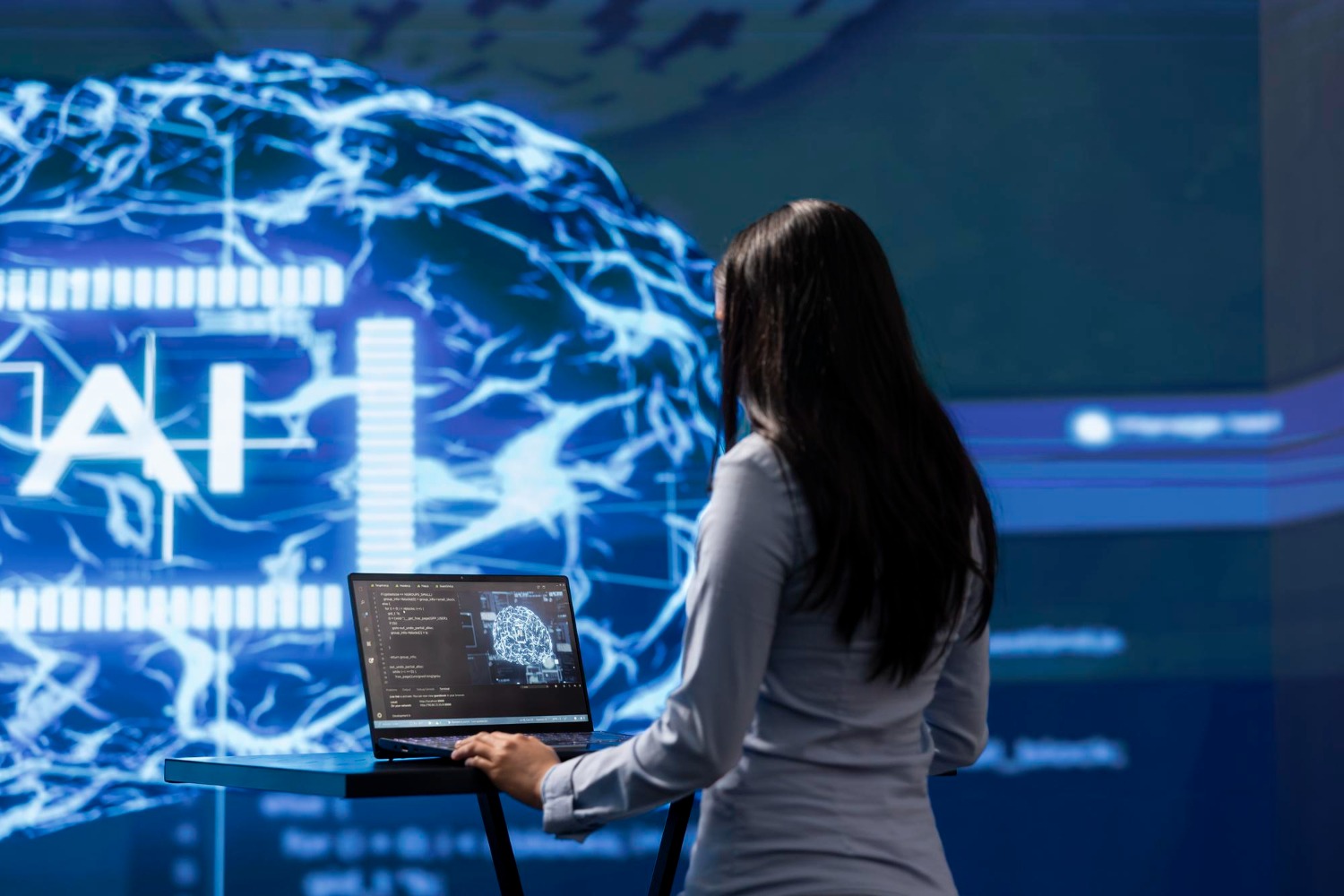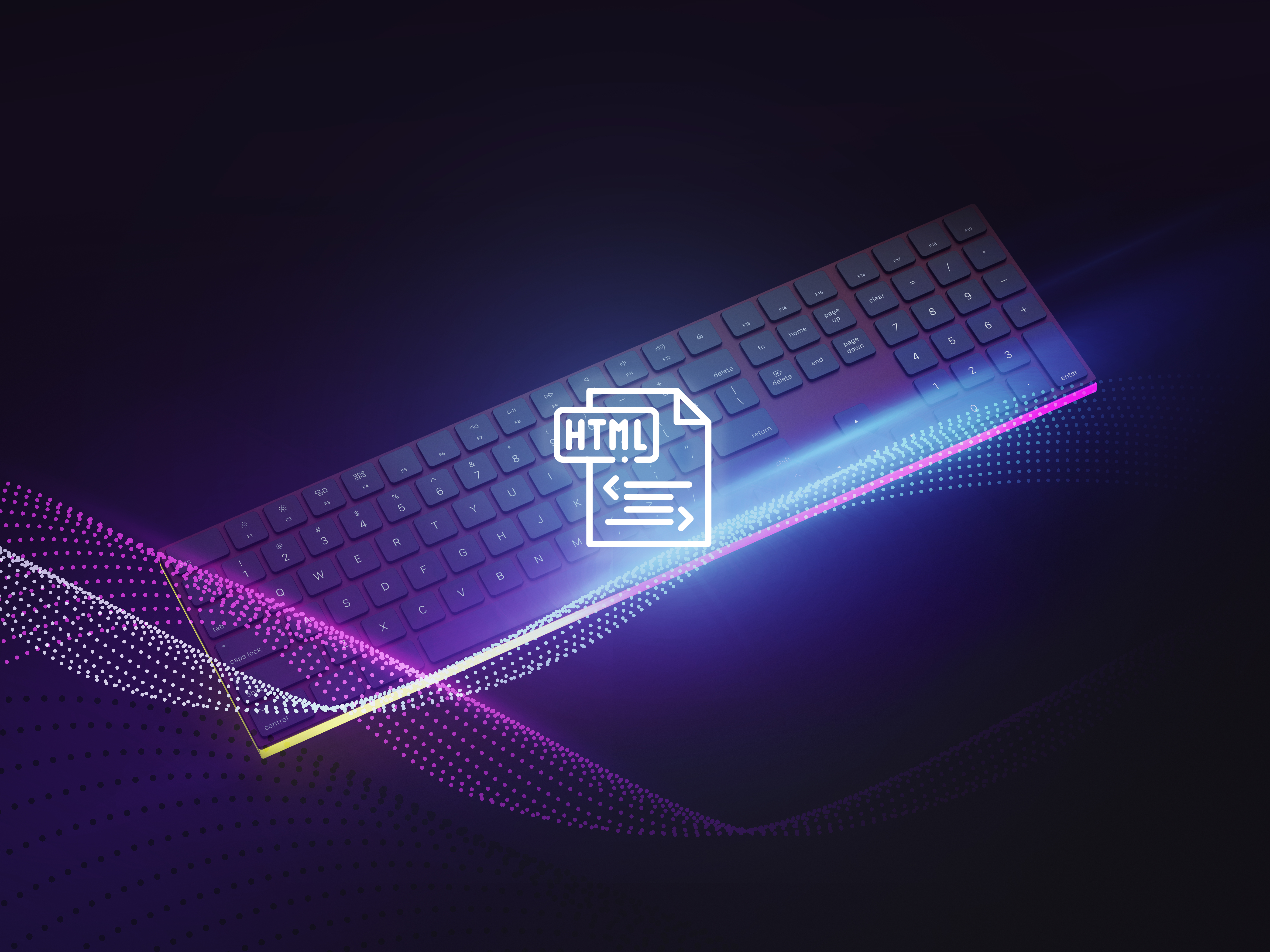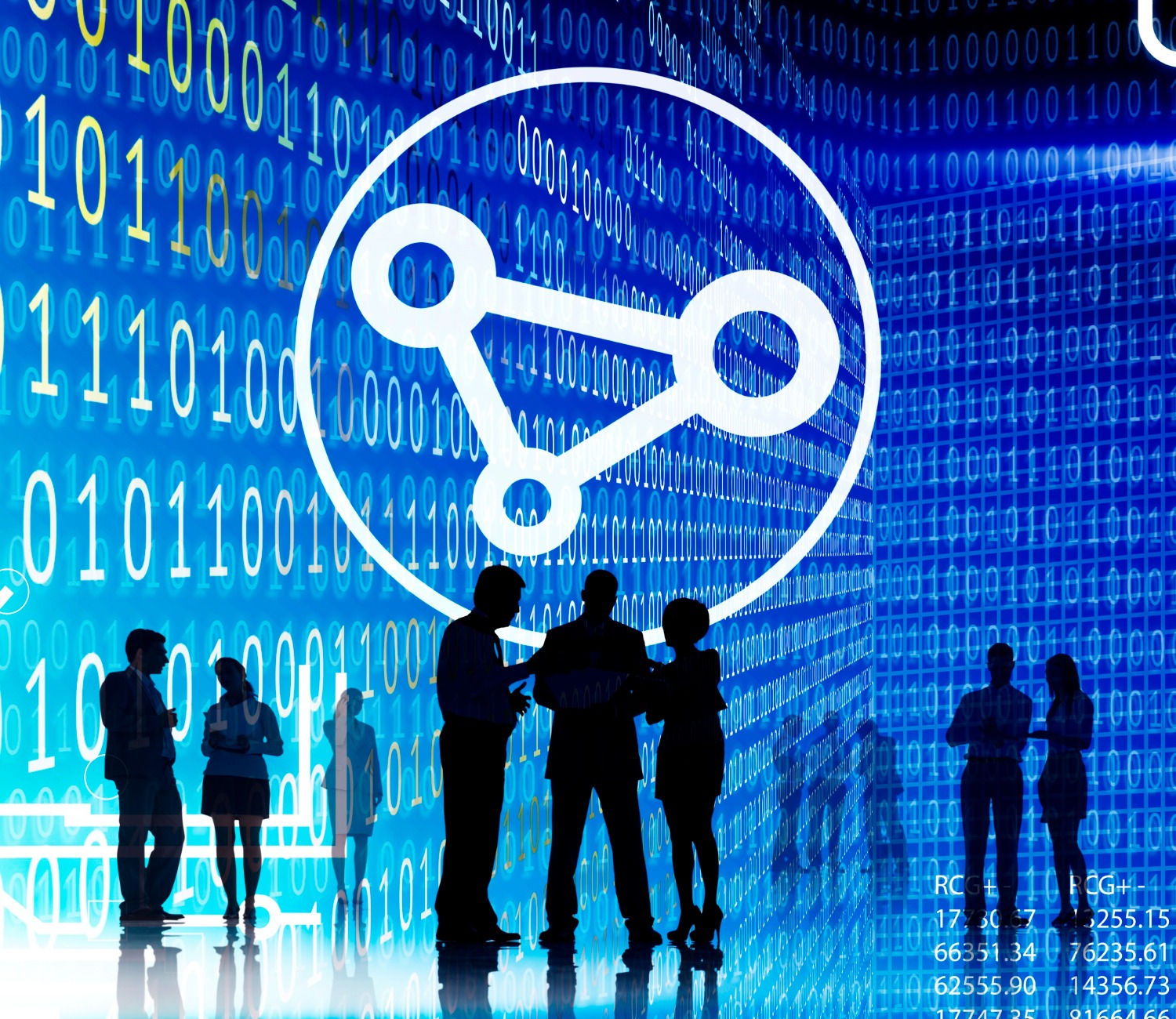Generative AI vs. Multimodal AI: Which One Powers the Future of Innovation?
Artificial intelligence (AI) continues to shape industries, revolutionize processes, and fuel innovations. Among the many advancements in AI, Generative AI and Multimodal AI stand out for their transformative potential. Both technologies have garnered significant attention, yet they serve distinct purposes and excel in different areas. This article delves into the key differences, applications, and potential of Generative AI and Multimodal AI to determine which one truly powers the future of innovation.
Understanding Generative AI
Generative AI refers to algorithms capable of creating new content, such as text, images, music, or videos, by learning patterns from existing data. These models are designed to generate outputs that mimic human-like creativity and intelligence. Popular examples of Generative AI include OpenAI’s GPT (Generative Pre-trained Transformer) and DALL-E, which have demonstrated capabilities in natural language generation and image synthesis.
How Generative AI Works
Generative AI relies on deep learning techniques, particularly neural networks, to analyze and understand data patterns. Models like Variational Autoencoders (VAEs) and Generative Adversarial Networks (GANs) are commonly used in this domain. By training on vast datasets, these models learn to replicate data characteristics and produce entirely new outputs that are realistic and contextually relevant.
Applications of Generative AI
- Content Creation: Automated generation of articles, reports, and marketing copy.
- Art and Design: Creation of digital art, illustrations, and animations.
- Healthcare: Drug discovery and synthetic data generation for medical research.
- Gaming: Procedurally generated game assets and storylines.
- Chatbots and Assistants: Development of conversational agents with human-like responses.
Advantages of Generative AI
- Facilitates creativity and innovation across industries.
- Reduces time and cost in producing content.
- Personalizes user experiences by generating tailored content.
Understanding Multimodal AI
Multimodal AI is a branch of artificial intelligence that can process and integrate data from multiple modalities—such as text, images, audio, and video—to generate a cohesive understanding or output. Unlike traditional AI models that specialize in one type of data, Multimodal AI bridges the gap between different data formats, making it more versatile and capable of complex problem-solving.
How Multimodal AI Works
Multimodal AI combines data from multiple sources and uses machine learning models to align, integrate, and interpret the data. For instance, a multimodal model can analyze a caption (text) and an associated image to understand their relationship and provide meaningful insights. Transformers like OpenAI’s CLIP (Contrastive Language-Image Pre-training) and Google’s DeepMind Perceiver are examples of multimodal frameworks.
Applications of Multimodal AI
- Healthcare Diagnostics: Combining patient records, medical images, and lab results for accurate diagnoses.
- Search Engines: Enhancing search capabilities by integrating text, image, and voice queries.
- Customer Support: Analyzing audio (voice) and text (chat logs) for better service.
- Augmented Reality (AR) and Virtual Reality (VR): Merging sensory data for immersive experiences.
- Education: Delivering interactive learning experiences by combining text, visuals, and audio.
Advantages of Multimodal AI
- Provides a holistic understanding of complex scenarios.
- Enables seamless interaction across multiple data types.
- Improves decision-making by integrating diverse data sources.
Key Differences Between Generative AI and Multimodal AI
| Feature | Generative AI | Multimodal AI |
|---|---|---|
| Core Function | Creates new content or data. | Integrates and processes multiple data types. |
| Focus | Creativity and generation. | Versatility and comprehensive understanding. |
| Primary Techniques | GANs, VAEs, Transformers (e.g., GPT). | Transformers (e.g., CLIP, Perceiver). |
| Data Dependency | Requires a single data type for generation. | Combines data from multiple modalities. |
| Applications | Content creation, art, and virtual worlds. | Diagnostics, search engines, and AR/VR. |
Which Powers the Future of Innovation?
Both Generative AI and Multimodal AI are indispensable for the future of innovation, but their impact depends on the context of their application.
Generative AI’s Role in Innovation
Generative AI drives creativity and automates content production, making it a game-changer for industries like media, entertainment, and marketing. Its ability to generate human-like content has already transformed how businesses engage with their audiences, paving the way for personalized and immersive experiences.
Multimodal AI’s Role in Innovation
Multimodal AI’s strength lies in its ability to handle complex, real-world scenarios that involve diverse data formats. By integrating multiple modalities, it enables more accurate insights and decision-making, crucial for industries like healthcare, education, and customer experience.
The Future: A Convergence of Both
The ultimate potential lies in the convergence of Generative AI and Multimodal AI. Imagine a system that not only generates creative content but also understands and integrates data from multiple modalities to enhance its outputs. For instance, an AI-powered educational platform could generate personalized lessons (Generative AI) while adapting them to a student’s learning style using multimodal inputs like video analysis and text comprehension (Multimodal AI).
Conclusion
Generative AI and Multimodal AI are not competing technologies but complementary forces driving innovation in unique ways. Generative AI excels in creating and personalizing content, while Multimodal AI shines in integrating and interpreting diverse data types. As these technologies continue to evolve, their combined power will unlock unprecedented opportunities across industries, reshaping the future of AI-driven solutions. The real question isn’t which one powers the future, but how their synergy will define it.




